Curiosity's single drive climbing record is currently 9.49 meters. Sadly I don't have the data for Spirit and Opportunity, but I'm guessing the record climb is now held by Perseverance with that climb of 32.419922 meters :)
paulhammond5155
It has a sophistication motion detector. It basically maps its xyz position throughout the drive, and at the end of the drive it points it camera at where it calculates the sun should be and using a ND filter it captured an image, if the image is not in the middle of the image the team can adjust its xyz, It's very accurate. In addition they have orbital images of the terrain it is traversing, they can use that orbital imagery to pinpoint its location to less than a meter.
It was a huge challenge. There's a really good video out there on the challenges the team faced. I'll see if I can find it, but if anyone else has the link please share it here :)
It's been challenging for sure in this soft(ish) regolith and the slope angle.
It also looks like there was a failed drive on sol 1287. After losing Spirit rover in a sand trap the rover drivers have been very careful traversing across loose sand.
I would not be surprised if they make a move to either side of this 'smooth passage'. The orbital imagery appears to show more favourable terrain (rougher) at the north and south edges. That diversion may only be required for the next 300 meters or so, as the distance between the contours widens a little after that, before narrowing again as they get nearer the rim crest. Whichever path they take it's going to take a lot of drives to reach the crest.
It's got another 3 months left before it is archived.
I joined in January 2013, but lurked there for a long while before that.
I'll miss it, as I am sure many others will
I expect a future book or two when the MSL and 2020 surface operations eventually come to a close. Knowing some of the players I don't feel they would be overtly controversial. but one may have to read a little between the lines :) Sadly I'm already as old as dirt, so I won't be seeing them on my coffee table before they nail my pine lid down. As for Neretva Vallis, you are not alone, it seemed more than a little odd that only one sample was taken. I know they have limited tubes left, but it sure feels like a missed opportunity...
I'm sure there are a lot of folk that would appreciate and be very interested in any contributions you make, where you could shine a light on the many gaps there are in their understanding. It's probably not something you can measure in counting lots of upvotes on particular, but I'm pretty sure there is an audience out there for you.... Go for it whenever you see feature in any of the raw images or breaking down the results of a paper...
They couldn’t spring for the S-VDB?
Those S-VDB's are a tad pricey 😂 😂 😂
I'd hate to think what a numismatist with deep pockets would pay for that VDB, if it was ever brought home, no matter what its PCGS grade ... 🤯
they’re not fun.
100% agreed... Ingenuity should still be gathering data and the occasional images down in Neretva Vallis. Weather permitting it should do that for many years to come. A severe dust storm could dramatically reduce the output from its small solar array to a point where its heaters would not have sufficient power to prevent damage to its batteries and sensitive electronics.
Thats pretty rad.
It is a very special view, but if not for the regional dust storm we are experiencing, we'd have a clear view of the crater floor where we landed and some of the areas we visited since landing. We'd even be able to see the Mars helicopter with the MastCam-Z cameras, granted it would only be a a few pixels across as it's close to 2 kilometers away (1.23 miles) still sat atop a sandy ripple in Neretva Vallis :) I hope the dust storm subsides before we drive over the crater rim, as the views will be memorable.
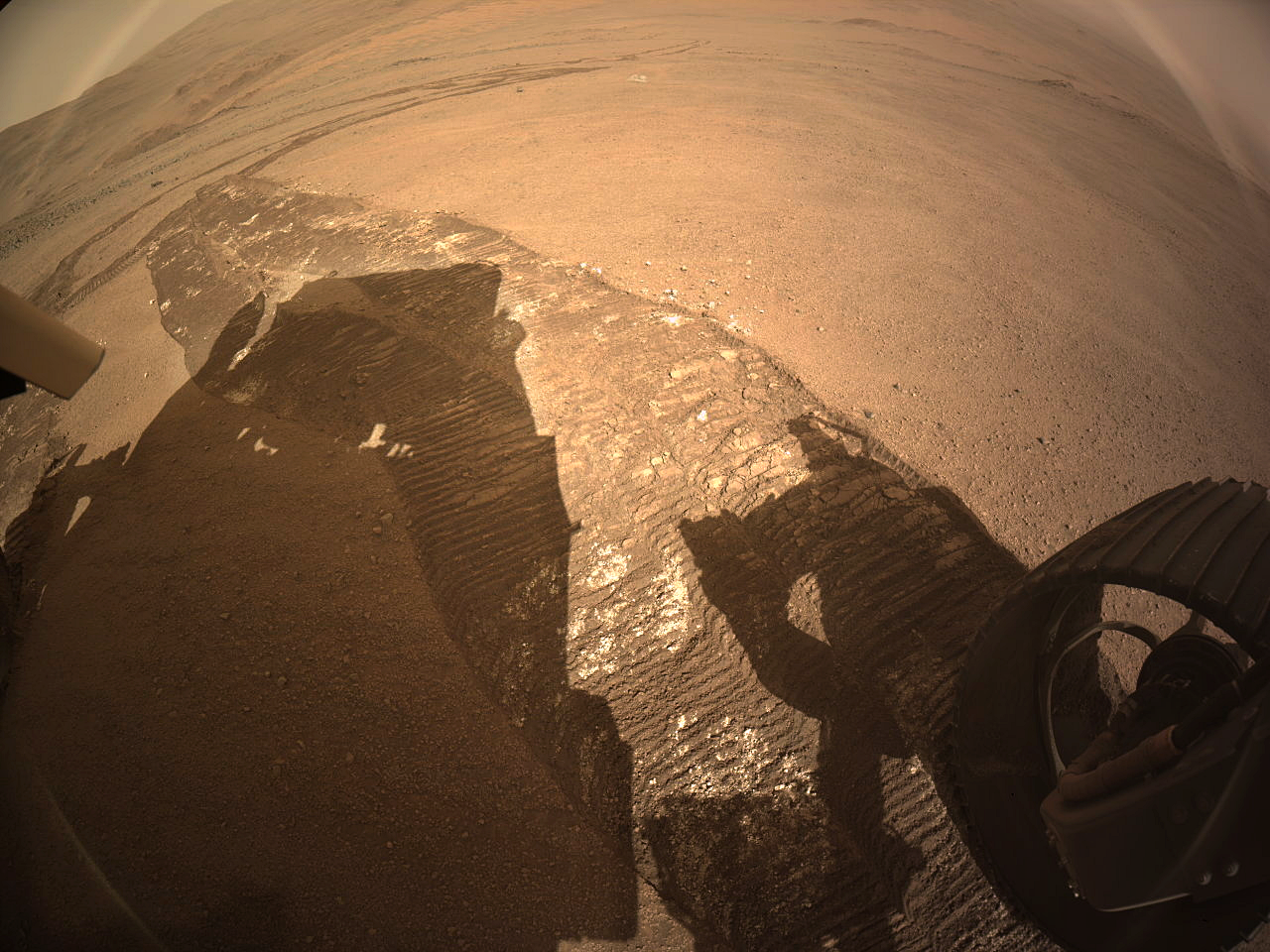
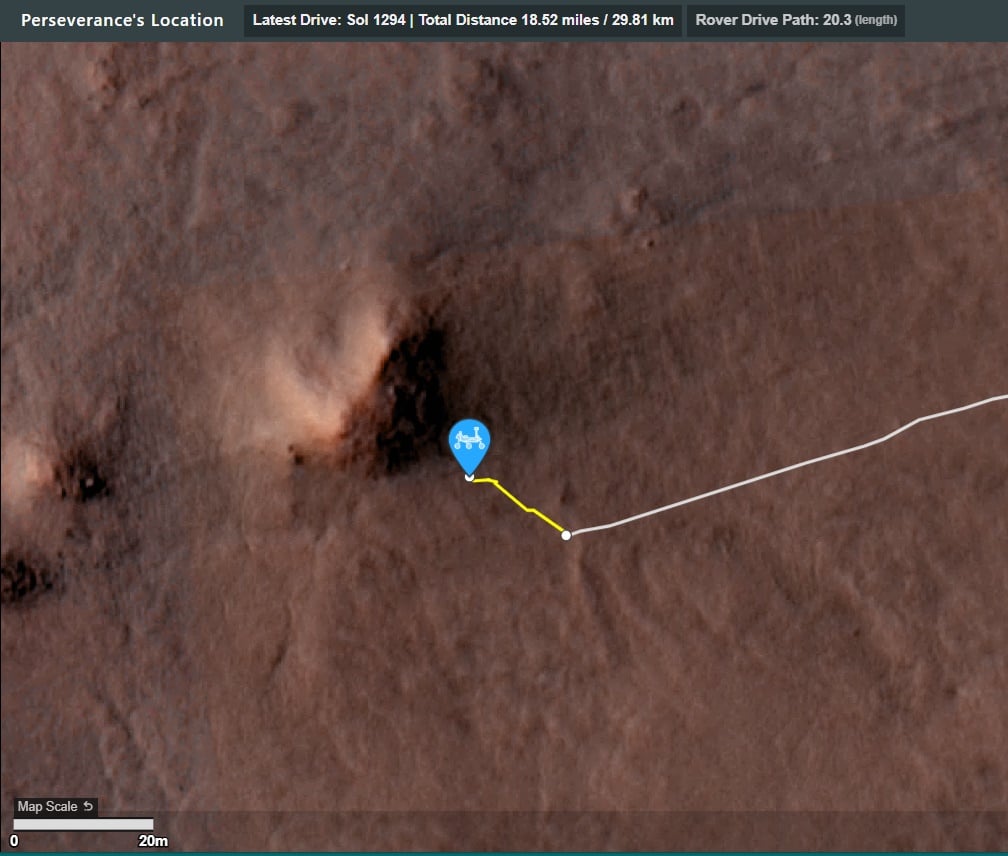
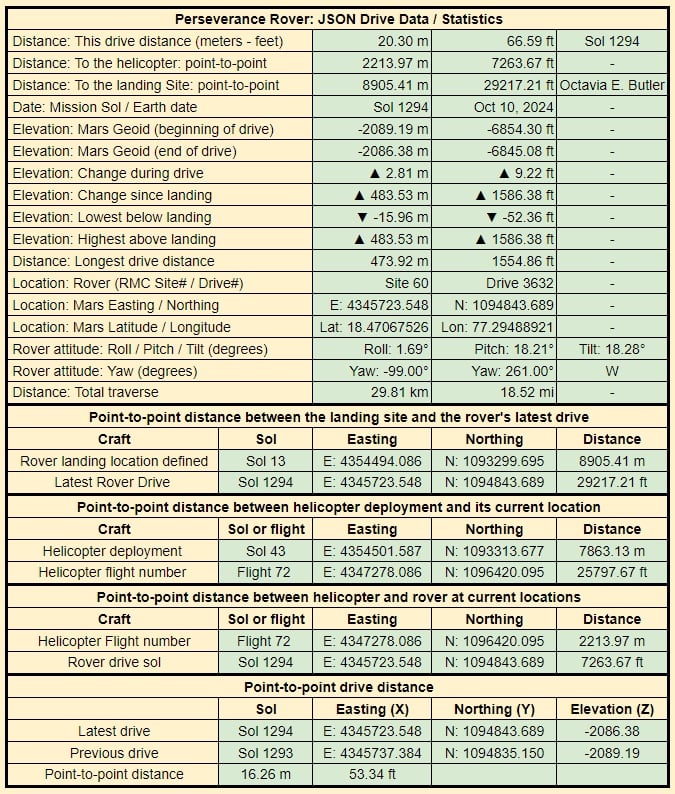

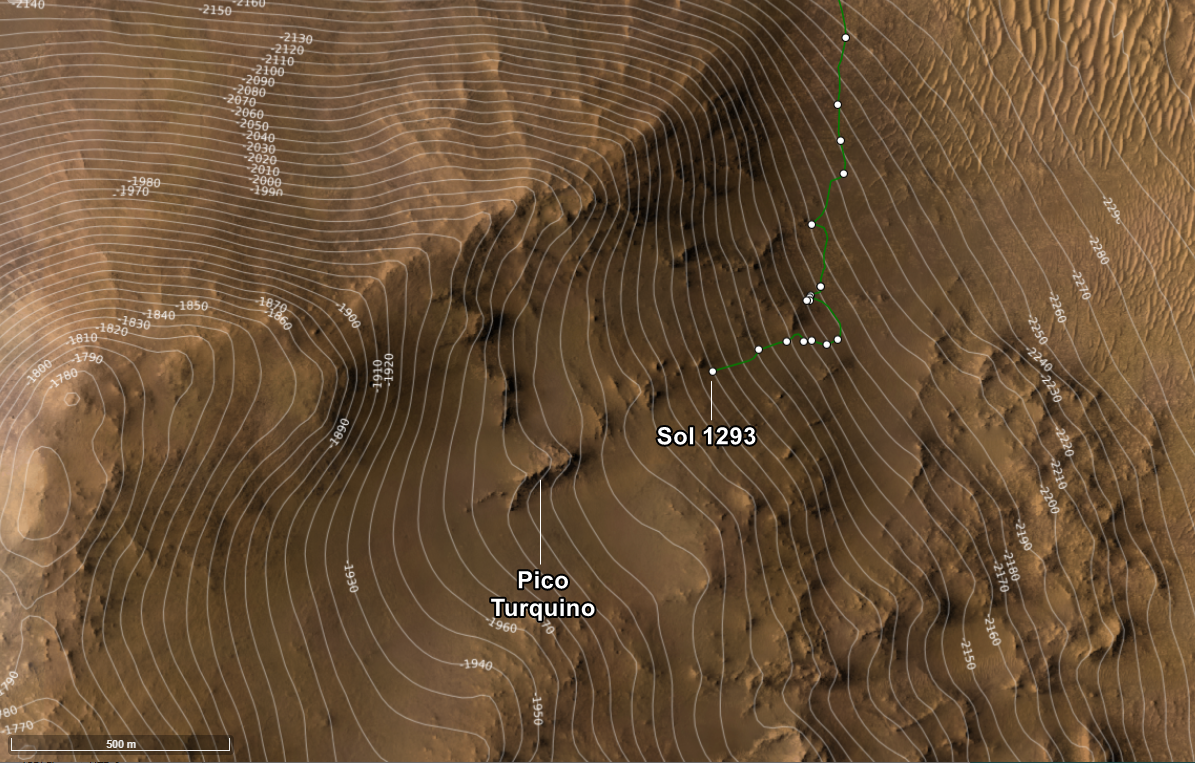
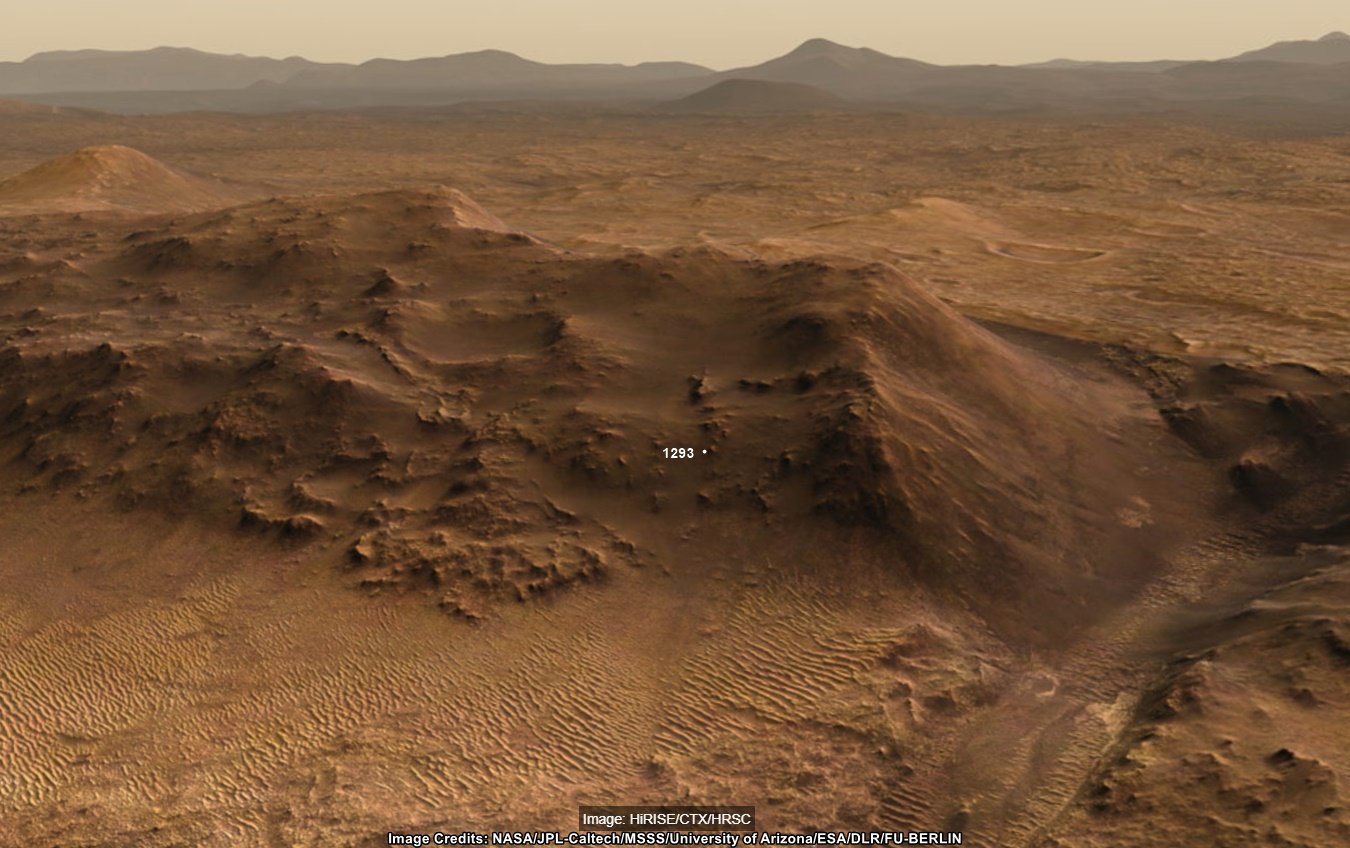
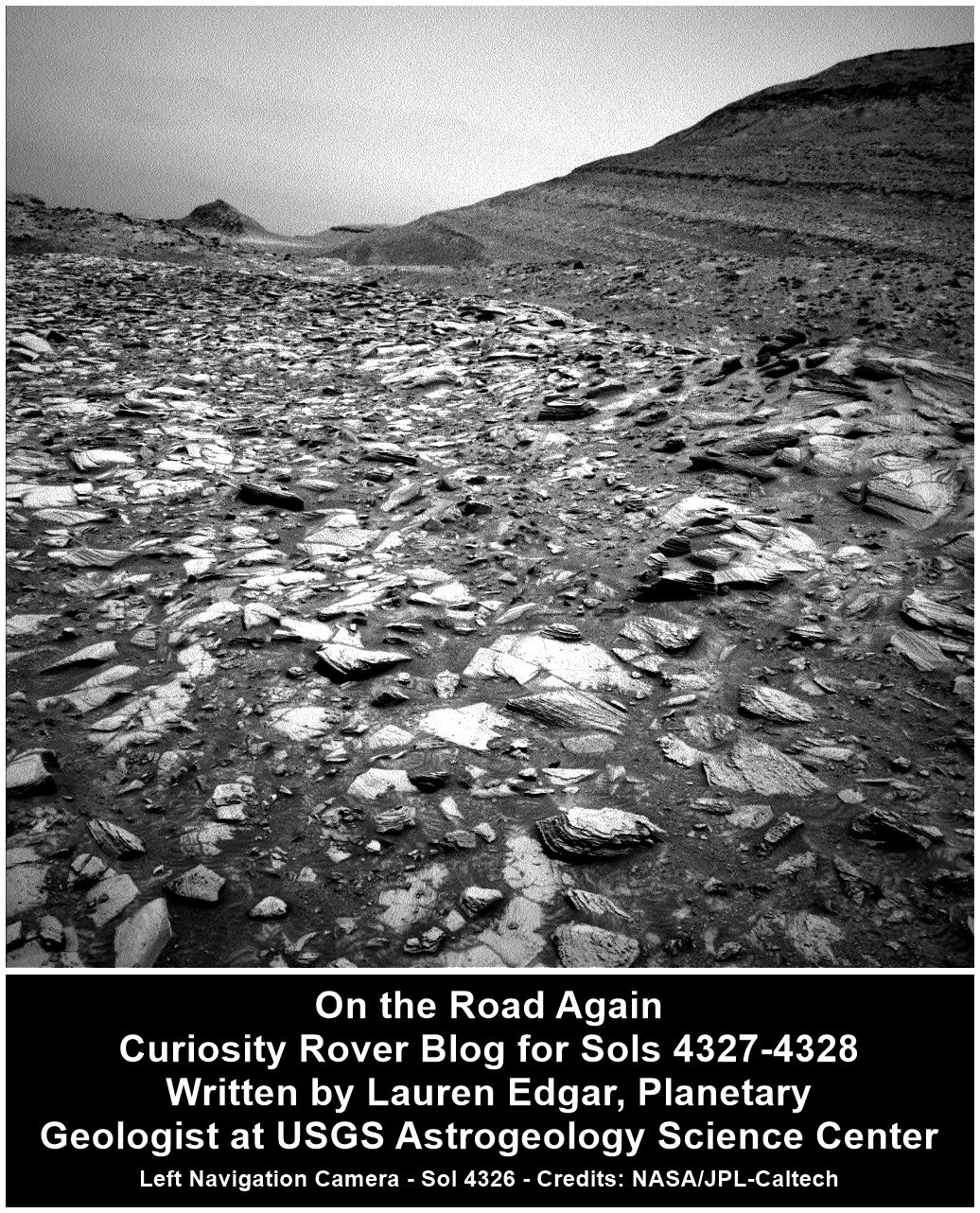
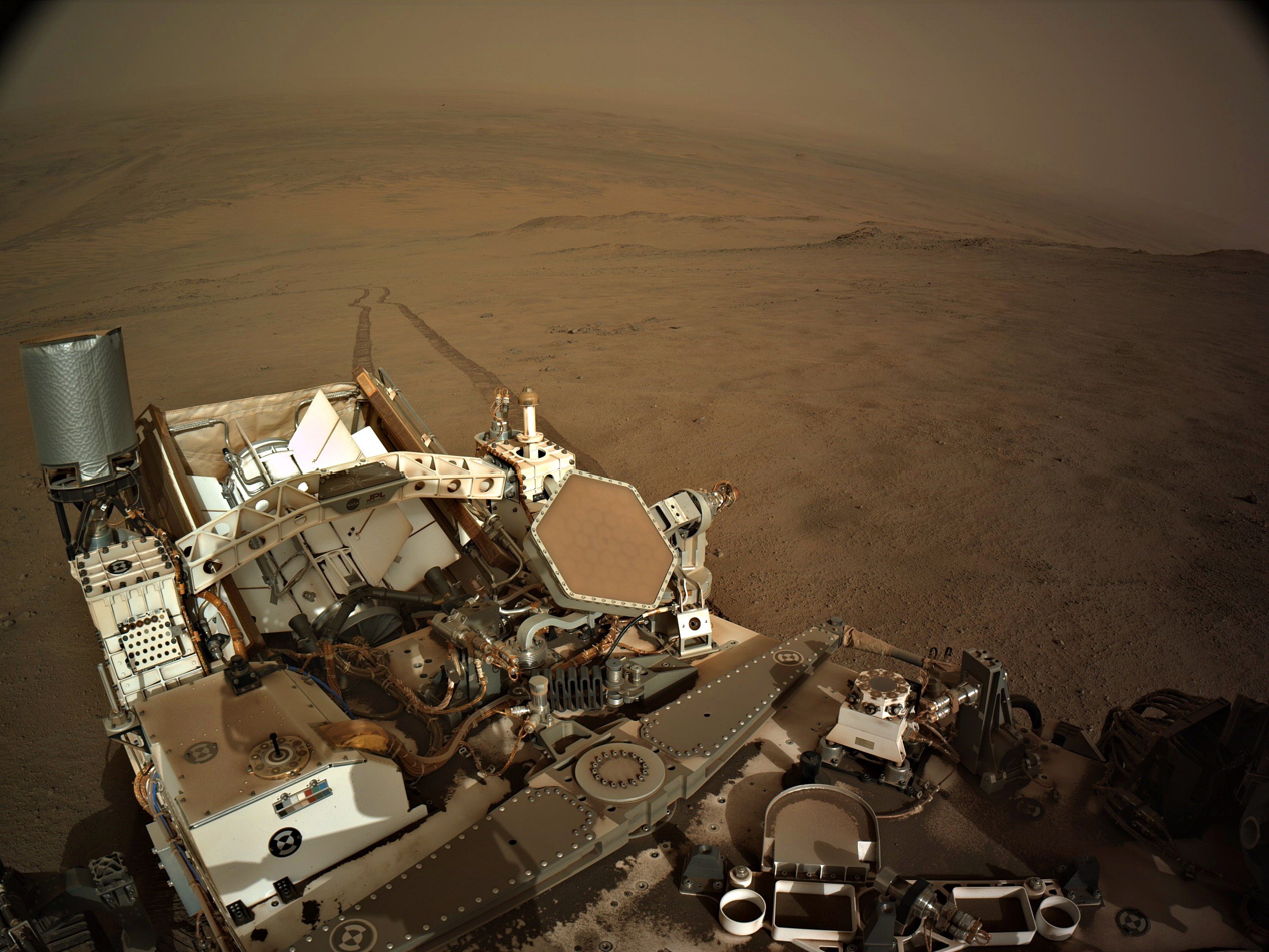
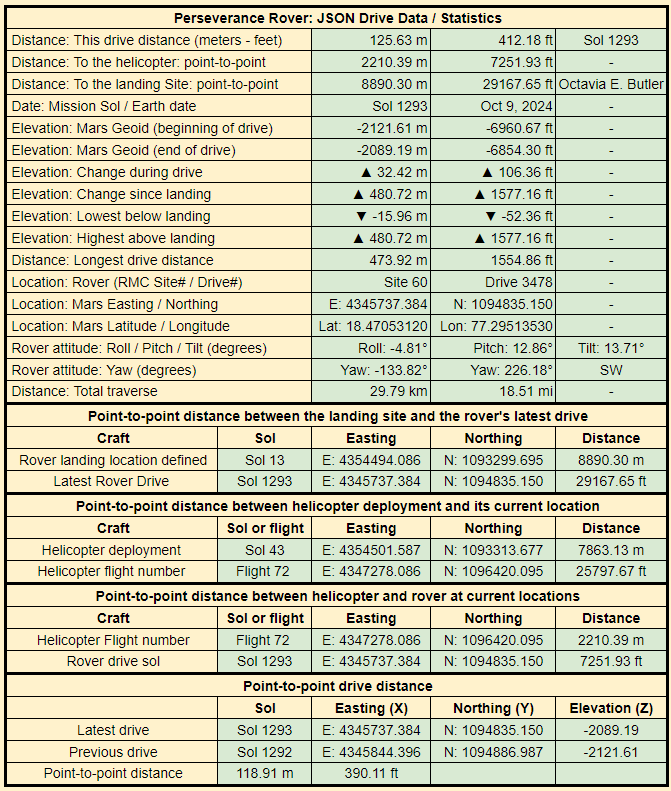
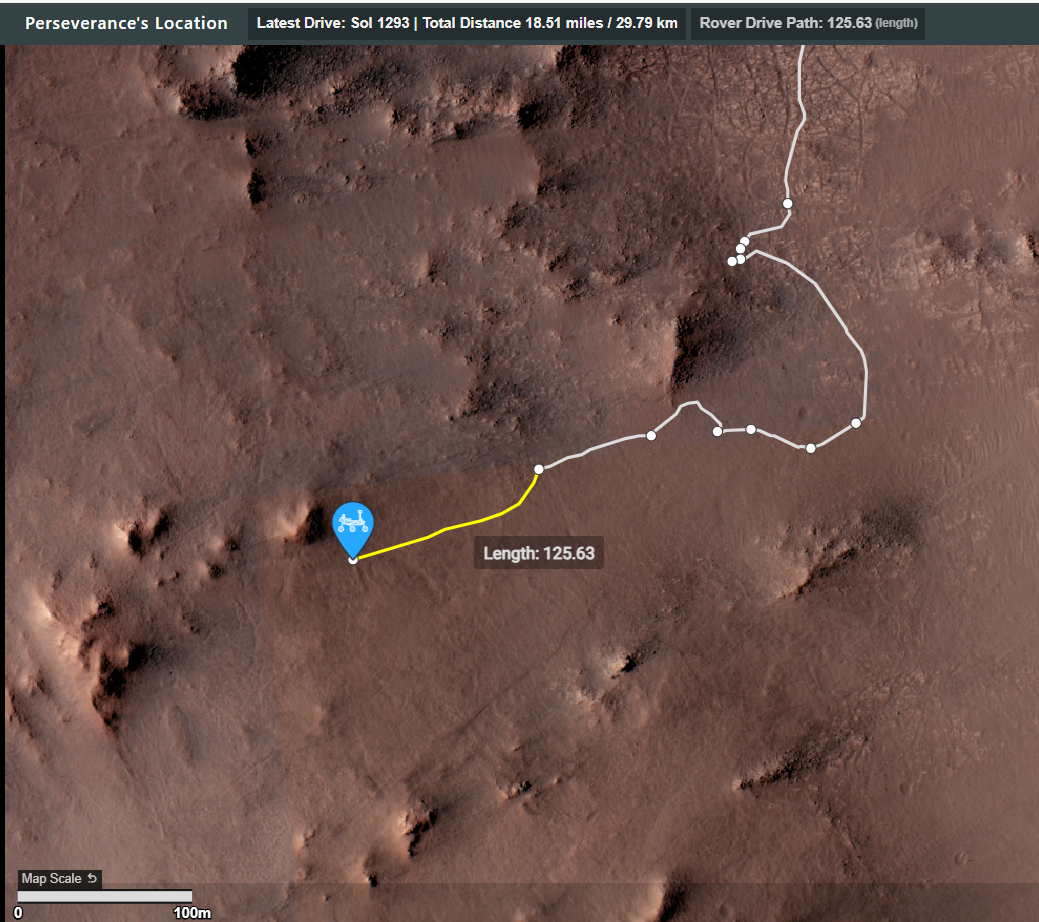
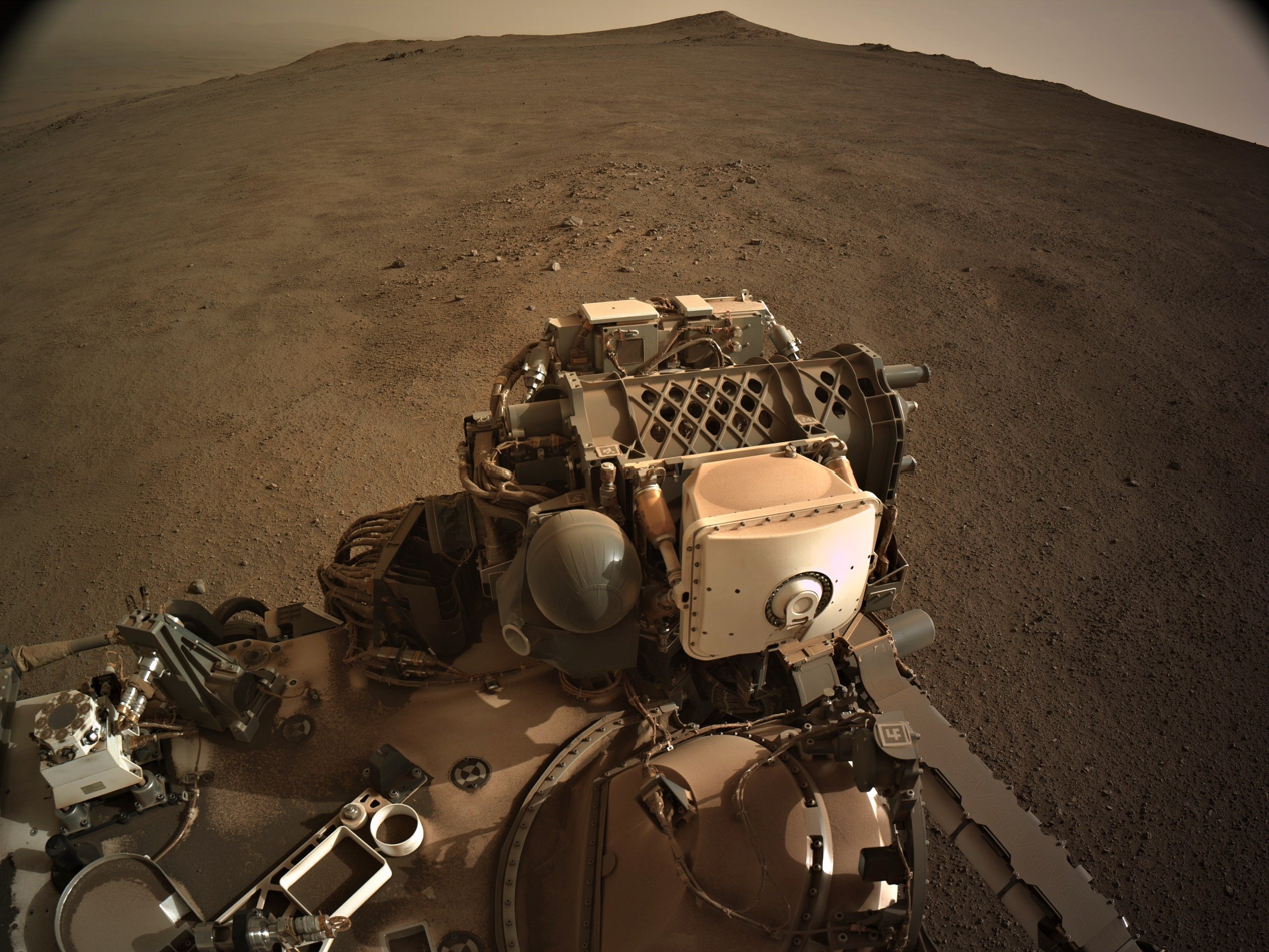
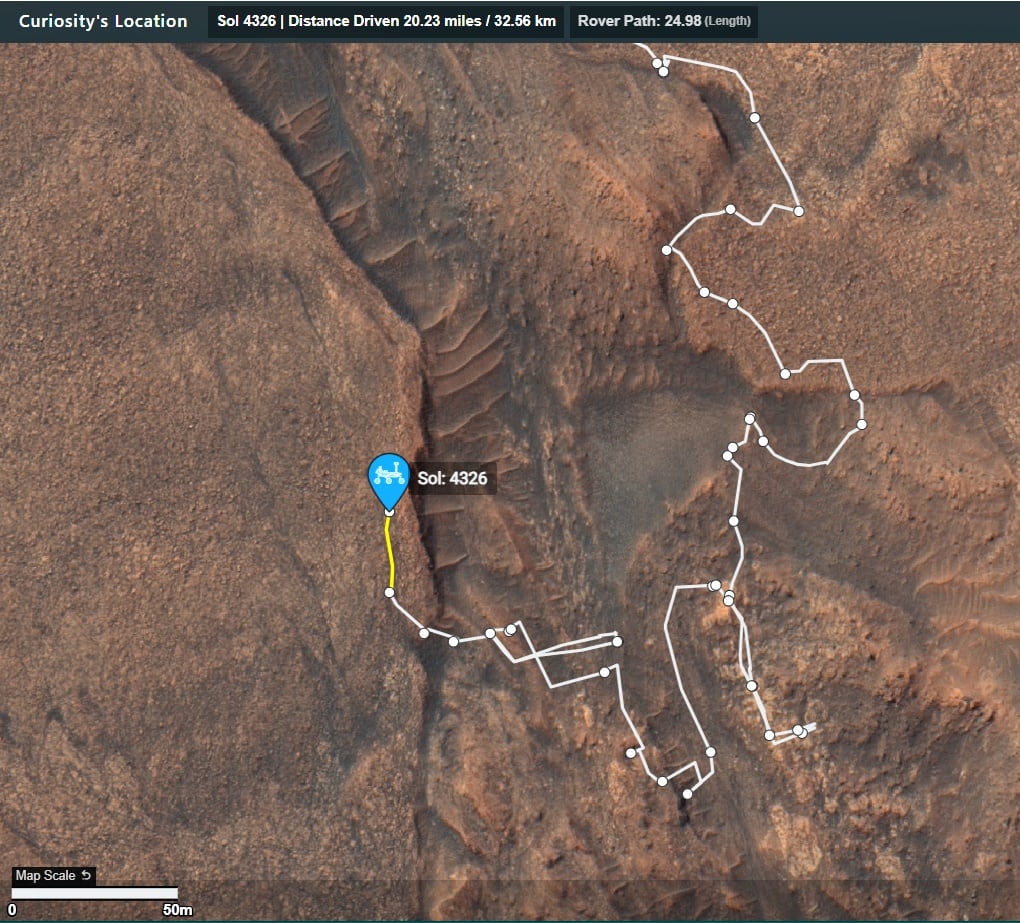
I just posted the processed 4-tile image (glancing over it's shoulder at the tracks) Hope the nosebleed has ceased ;)